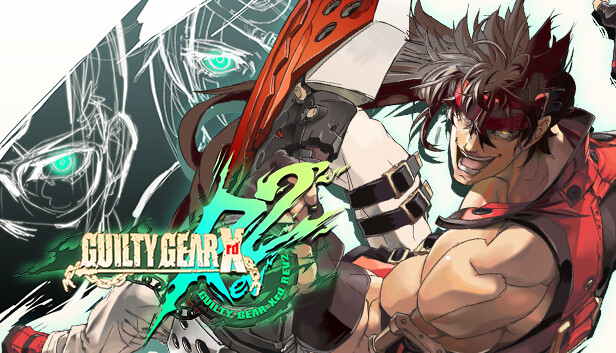

In the next game, Guilty Gear XX (aka X2), developer Arc System Works added the Force Roman Cancel, which allowed players to Roman Cancel projectiles and whiffing moves. Using it stops the player’s attack and returns them to their neutral position.

New installments in anime fighting game series typically keep the same familiar mechanics and either edit them or simply add more.įor example, Guilty Gear’s Roman Cancel system made its first appearance in the second game of the series, Guilty Gear X. This isn’t just the case with classic 2D fighters like Guilty Gear, but with others like the Dragon Ball Z: Budokai and Naruto: Clash of Ninja series. Anime fighter sequels are usually known for feeling like the further advancement of the mechanics present in their predecessors. On the anime game side of things, this reinvention is usually non-existent. However, the largest barrier holding the subgenre back is the difficulty of the genre’s two flagship titles, Guilty Gear and Blazblue.įighting game story modes like Guilty Gear Strive’s are a huge missed opportunity An anime game, according to Infil’s Fighting Game Glossary, is “a particular style of fighting game that often employs frantic, highly aerial-based combat (including air dashing) and wild character designs, often drawn with a Japanese anime aesthetic.” The themes, quirks, character designs, and super-cartoony nature associated with the animation type aren’t always appealing to the average gamer. Guilty Gear is sometimes seen as the Street Fighter of anime fighting games it’s seen as one of the forefathers of the subgenre. Capcom, Mortal Kombat, Tekken, Super Smash Bros., and even Virtua Fighter are among the few that you may be able to have a random conversation about with someone at the local coffee shop.

There are a set few fight game series that are able to crack that casual consciousness. Guilty Gear Strive beginner’s guide, tips, and tricks


 0 kommentar(er)
0 kommentar(er)
